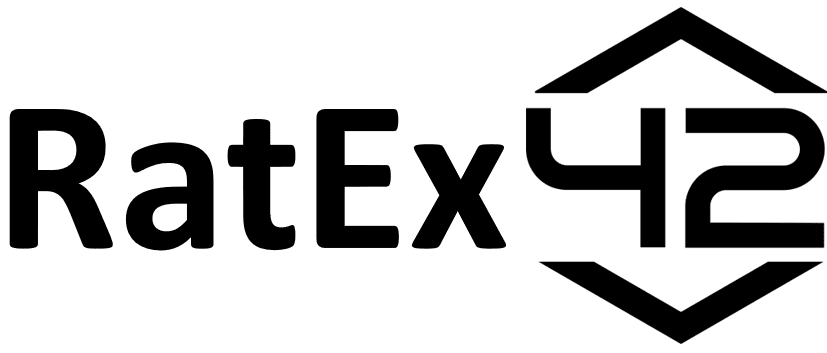As the EU’s Markets in Crypto-Assets (MiCA) regulation prepares to take effect in July 2024, the landscape for stablecoins, particularly USDT, is set to undergo significant changes. MiCA introduces stringent requirements for stablecoin issuers aimed at ensuring financial stability, market integrity, and consumer protection. Here’s an in-depth look at what this means for USDT and the broader cryptocurrency market.
MiCA Compliance Requirements
Under MiCA, stablecoins are classified into two main types: e-money tokens (EMTs) and asset-referenced tokens (ARTs). USDT, as a fiat-backed stablecoin, falls under the EMT category. Issuers of EMTs must adhere to several critical requirements:
- Authorization as an EMI or Credit Institution: Stablecoin issuers must obtain authorization from the relevant EU authority, which involves a comprehensive application process demonstrating operational efficiency and financial robustness.
- Reserve Management: Issuers must maintain adequate reserves to back the value of the stablecoins, ensuring these reserves are securely managed and segregated from the issuer’s own assets.
- Transparency and Reporting: Regular audits and transparent reporting to regulatory authorities are mandatory to ensure compliance and protect consumers (crypto.news) (CoinCodex).
Tether’s Position on MiCA Compliance
Tether, the issuer of USDT, has expressed its commitment to regulatory compliance but has indicated that it will not seek MiCA authorization in the short term. Paolo Ardoino, CTO of Tether, mentioned that while they have been involved in regulatory consultations, there are several problematic requirements within MiCA that need addressing. As a result, Tether has decided not to pursue an E-Money Institution (EMI) license immediately (crypto.news) (Coinpedia Fintech News).
Impact on Crypto Exchanges
Tether‘s decision not to seek MiCA authorization has significant implications for crypto exchanges operating in the EU. Major exchanges such as OKX and Kraken are considering delisting USDT trading pairs to comply with MiCA. OKX has already ceased support for USDT spot pairs in the EU, and Kraken is reportedly evaluating similar measures. Binance announced that it will offer a “sell only” approach for USDT, enabling its clients to sell USDT against regulated stablecoins, other cryptocurrencies, or FIAT. This shift could lead to a reduced availability of USDT on European platforms, potentially impacting liquidity and trading volumes (CoinCodex) (Coinpedia Fintech News).
Regulatory Bodies: EBA and ESMA
The European Banking Authority (EBA) and the European Securities and Markets Authority (ESMA) play pivotal roles in the regulation and supervision of stablecoins under MiCA:
- EBA: Oversees significant stablecoins, ensuring issuers maintain adequate reserves, conduct regular audits, and provide transparent reporting. The EBA’s supervision aims to mitigate systemic risks associated with large-scale stablecoins like USDT.
- ESMA: Focuses on market integrity and consumer protection, monitoring trading activities to prevent market manipulation and ensure fair trading conditions. ESMA also works towards harmonizing regulatory practices across EU member states (CoinCodex) (Coinpedia Fintech News).
The Need for Regulation
Regulatory authorities are keen to regulate stablecoins due to their potential impact on financial stability and the broader economy. Stablecoins are integral to the cryptocurrency ecosystem, often used in trading and as collateral in various financial activities. Ensuring these digital assets are reliable and well-regulated is crucial for protecting investors and maintaining market confidence.
PayRate42’s Stance
As a rating agency, PayRate42 will place crypto providers (stablecoin issuers and crypto asset service providers) that do not comply with MiCA regulations on the red compliance list. This measure aims to inform investors and stakeholders about the regulatory status of these providers, promoting transparency and encouraging adherence to the new regulatory standards.
Conclusion
The introduction of MiCA represents a significant shift in the regulatory environment for stablecoins in the EU. While Tether’s decision not to seek immediate authorization under MiCA poses challenges, it also highlights the evolving nature of cryptoregulation. As MiCA comes into force, stakeholders must stay informed and adapt to ensure compliance and maintain market stability.
4o
